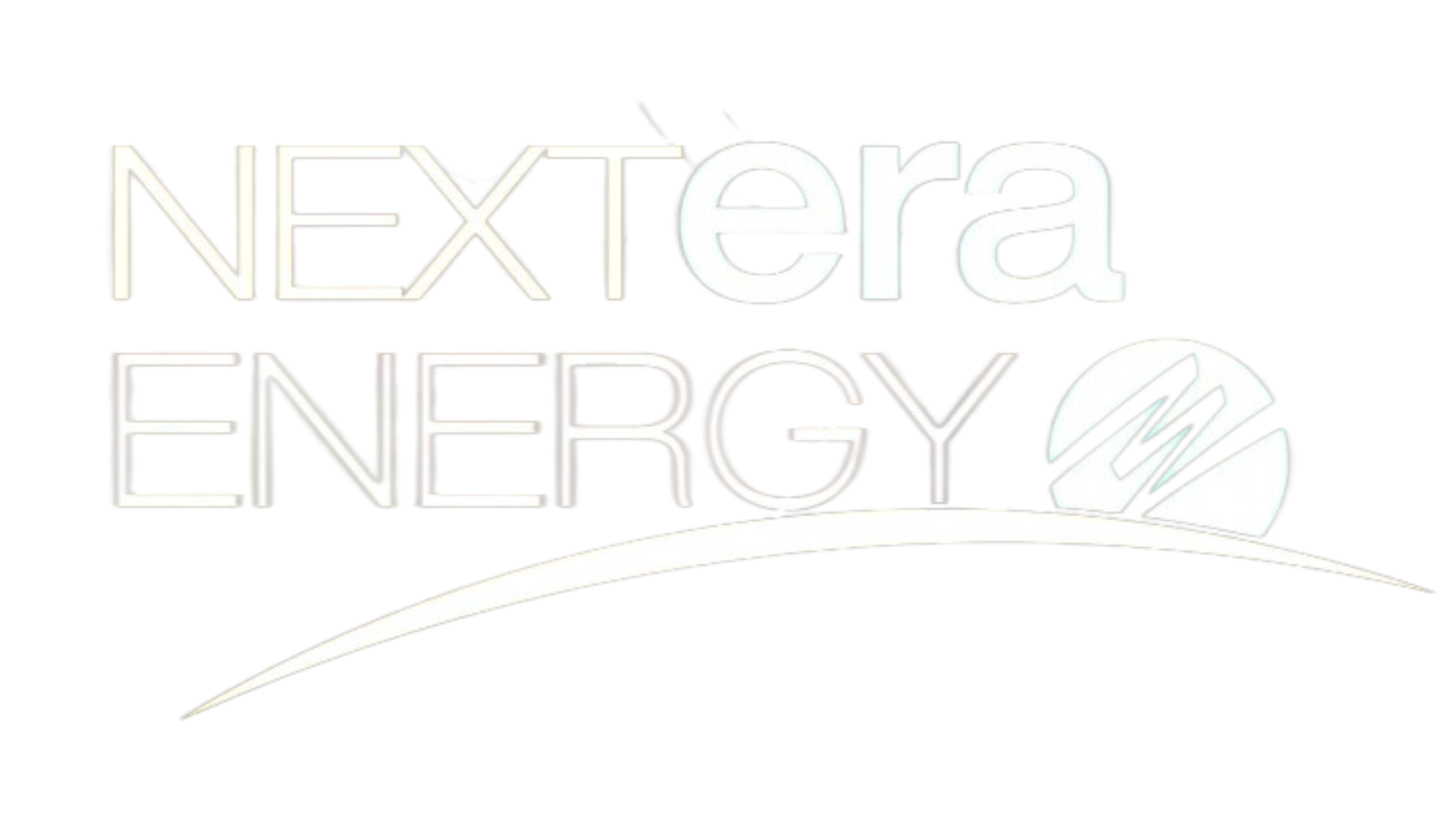With snow storms hitting so much of the state, snow and ice removal has officially become a necessary chore across New York. If you live in New York City, you should know that the city requires building and business owners to remove snow and ice on public walkways in front of their buildings. The city…
In 2003, California became the first state to an enact a law requiring regarding proper disposal of Electronic Waste. Since then 25 states have followed suite, mandating that electronic waste, including old televisions and computers, be disposed of properly. These laws seek to prevent electronic waste and the harmful chemicals they contain , such as…
With travel, gift giving, and many big meals, the winter holidays are one of the times of the year with the highest rates of personal consumption. Because of this heightened consumption rate, the holidays are the time when being conscious of sustainable practices will have the greatest total impact. Here are some holiday practices you can take to generate an impact, and others that can help foster a sense of love and consciousness toward the environment.
Weatherproofing your home or apartment is an important and cost-effective step to ensure you comfort and safety in the winter. With temperatures quickly declining and winter around the corner, here are some helpful tips to improving the efficiency of your home this season. No Wind Chills Inside One of the most effective ways of sealing…
With Thanksgiving around the corner, consumption is on everyone’s mind. The food, the drinks, the supplies–consumption will be at an all time high on November 23. It is predicted that each family in America will spend $50.11 on Thanksgiving dinner food alone and that the average American will eat 4,500 calories of food. Even though…
Traveling somewhere this upcoming Holiday season? We have some tips for you to reduce your carbon footprint, wherever you plan to go. Whether it be reducing your consumption while on vacation, or saving greenhouse gas emissions by taking non-stop flights or train rides, we have advice to make your holidays greener. When traveling, it is…
The Town of East Hampton has a long record of sustainability leadership, particularly on the issue of open space. But there are many steps the town can take to continue to improve its environmental performance–and the town’s elected leaders will play a critical role in this effort. For this reason, the New York League of…
Temperatures are finally starting to drop, and we’re welcoming the crisp autumn air. One of the best ways to fully appreciate and experience the beauty of it is to spend time in one of New York State’s parks. Boasting some of the most beautiful nature in America, New York is home to over 200 state…
Halloween can be a very wasteful season if you follow the traditional consumption-focused route. Plastic decorations, rubber masks and costumes, non-recyclable candy wrappers and utensils, and wasted pumpkins can clog your house and make the Halloween season messy and materialistic. However, these are some tips to have a more green Halloween. First and most important…









